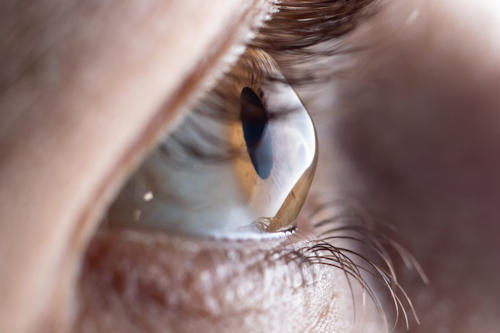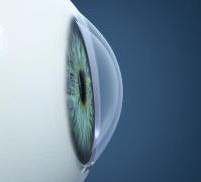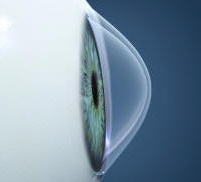
The transparent corneal layer located at the front of the eye is a spherical and dome-shaped structure. Keratoconus occurs when the corneal layer becomes thinner and deformed, taking on a conical shape.
This condition can be inherited genetically or may result from excessive ovalization of the eye. Severe allergy during childhood leading to excessive eye rubbing can also cause keratoconus.
Deformation occurring in the cornea can progress over time, so it is important to start treatment in the early stages of the disease. Keratoconus leads to high myopia, high and irregular astigmatism, and decreased vision.
This condition can be inherited genetically or may result from excessive ovalization of the eye. Severe allergy during childhood leading to excessive eye rubbing can also cause keratoconus.
Deformation occurring in the cornea can progress over time, so it is important to start treatment in the early stages of the disease. Keratoconus leads to high myopia, high and irregular astigmatism, and decreased vision.
Treatment of Keratoconus
Glasses and/or Contact Lenses
In the initial stages of the disease, visual acuity can generally be corrected with glasses or contact lenses. While hard contact lenses were used exclusively in the past, nowadays, special soft lenses designed for keratoconus are also available.
Healthy Cornea

Keratoconus
Corneal Crosslinking - CXL Treatment (Keratoconus Stopping Treatment)
During the progressive stage of keratoconus, Corneal Collagen Crosslinking (CXL) treatment, which strengthens corneal crosslinks with UV-A + Riboflavin application, is a relatively successful new treatment method in stopping the progression of the disease.Patients whose condition is controlled with CXL treatment can undergo vision correction surgery with laser if the corneal tissue thickness is suitable. Unfortunately, only a few patients meet these criteria.




